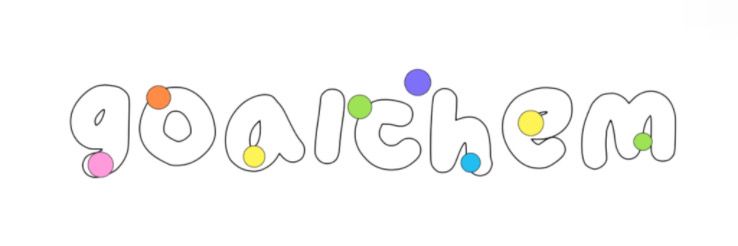7 Key Differences Between Tile Adhesive and Cement You Must Know
1. Composition and Ingredients
Tile adhesive is specifically formulated to bond tiles to surfaces, typically consisting of a mix of cement, polymers, sand, and various additives. This composition enhances its flexibility and adhesion properties. In contrast, traditional cement is primarily composed of limestone and clay, and while it can be used in various construction applications, it does not provide the same characteristics needed for tiling.
The company is the world’s best tile adhesive vs cement supplier. We are your one-stop shop for all needs. Our staff are highly-specialized and will help you find the product you need.
2. Application Technique
The application of tile adhesive is different from that of cement. According to John Smith, a well-known home improvement influencer, tile adhesive is typically applied with a notched trowel, allowing for an even spread and better tile engagement. Cement, however, is generally mixed in bulk and applied as a uniform layer which might not hold the tiles as securely when subjected to moisture or temperature fluctuations.
3. Drying and Setting Time
Tile adhesive typically sets faster than traditional cement, often reaching its initial bond within hours. This quick-setting nature can be beneficial for contractors looking to speed up installation processes. A study shared by Emily Green, a construction expert, highlights that tile adhesives can cure fully in just 24 to 48 hours, while traditional cement may take weeks to fully harden.
4. Flexibility and Movement
One significant distinction lies in flexibility. Tile adhesives often contain polymers that offer enhanced flexibility, allowing them to accommodate slight shifts or movements in the substrate. This quality is particularly important in areas subject to temperature changes or vibrations, such as floors. In contrast, cement is rigid and can crack under stress, leading to disastrous results in tiled surfaces.
5. Water Resistance
When considering water exposure, tile adhesive stands out. As noted by Alex Brown, a well-respected architect, tile adhesive products often possess superior water resistance properties, making them ideal for wet areas like bathrooms and kitchens. On the other hand, cement does not have the same moisture-retaining qualities and can be prone to spalling and deterioration when exposed to moisture over time.
6. Cost Comparison
The cost of tile adhesive tends to be higher than that of cement, reflecting its specialized formulation and performance benefits. Here’s a comparative table for further analysis:
| Material | Price per Bag (approx.) | Typical Uses |
|---|---|---|
| Tile Adhesive | $25 - $50 | Indoor/Outdoor Floor and Wall Tiling |
| Cement | $5 - $20 | General Construction, Foundations, and Driveways |
7. Long-Term Durability
Finally, consider long-term durability. Tile adhesives generally outperform cement in longevity, particularly in high-traffic areas. Julia White, a leading home improvement consultant, emphasizes that improper use of traditional cement in tiling can lead to cracks and loosening over time, while tile adhesives maintain their bond under various conditions, thus providing a more reliable solution.
Conclusion
In summary, when choosing between tile adhesive and cement, it's essential to consider the specific needs of your project. The characteristics of tile adhesive—composition, application, drying time, flexibility, water resistance, cost, and durability—often make it a superior choice for tiling applications. Influencers within the construction and home improvement fields continue to advocate for its use in various settings, making it a trusted option for professionals and DIY enthusiasts alike.
For more gypsum putty priceinformation, please contact us. We will provide professional answers.


